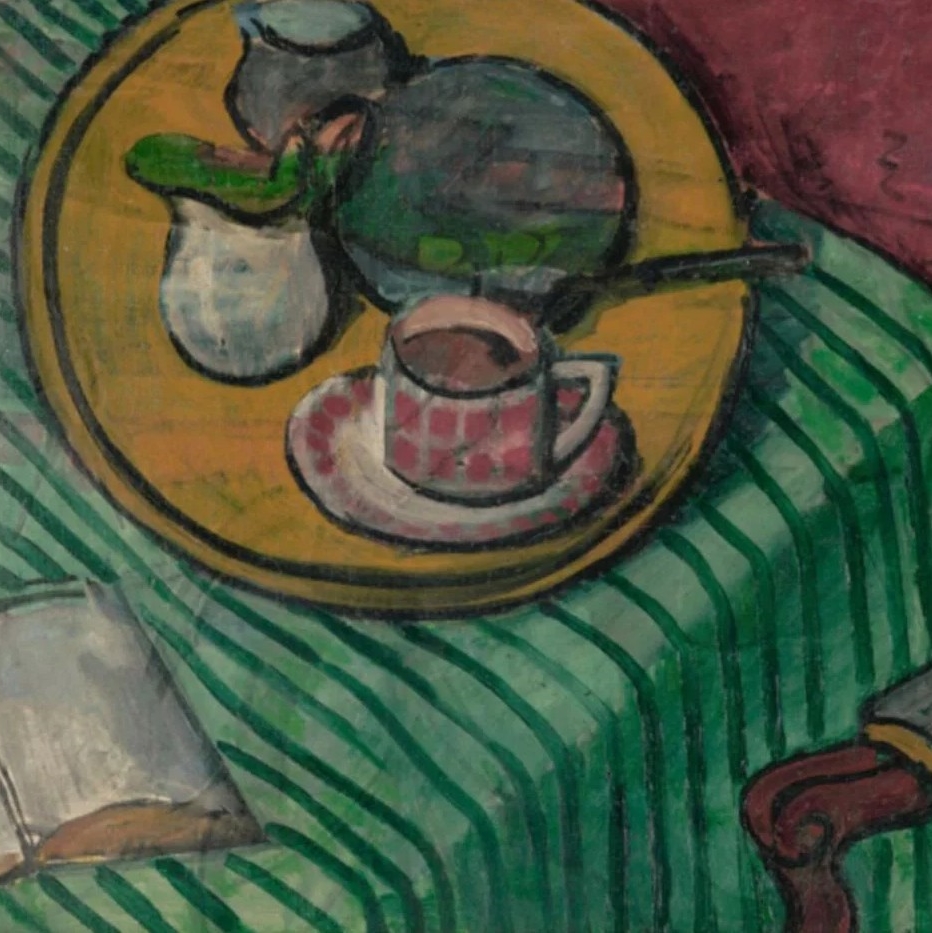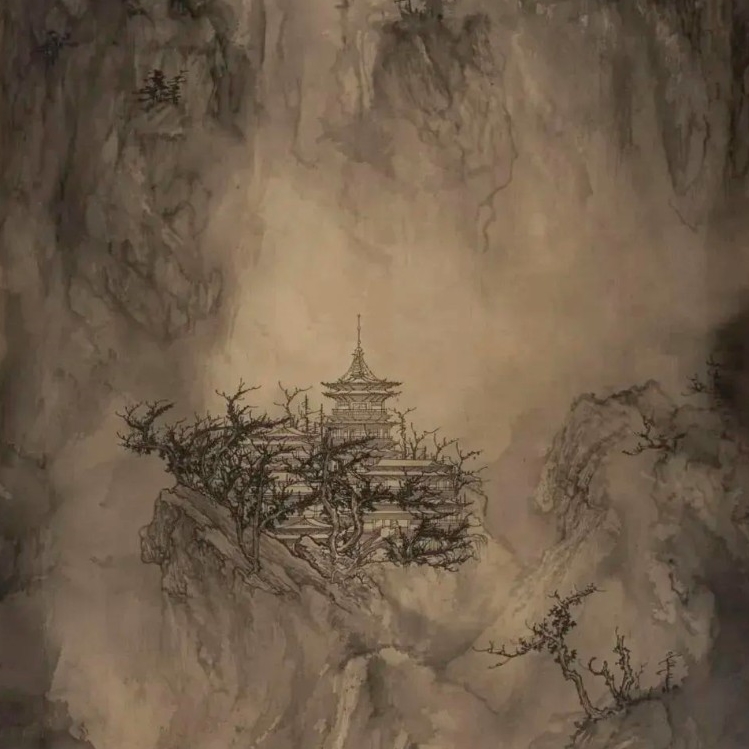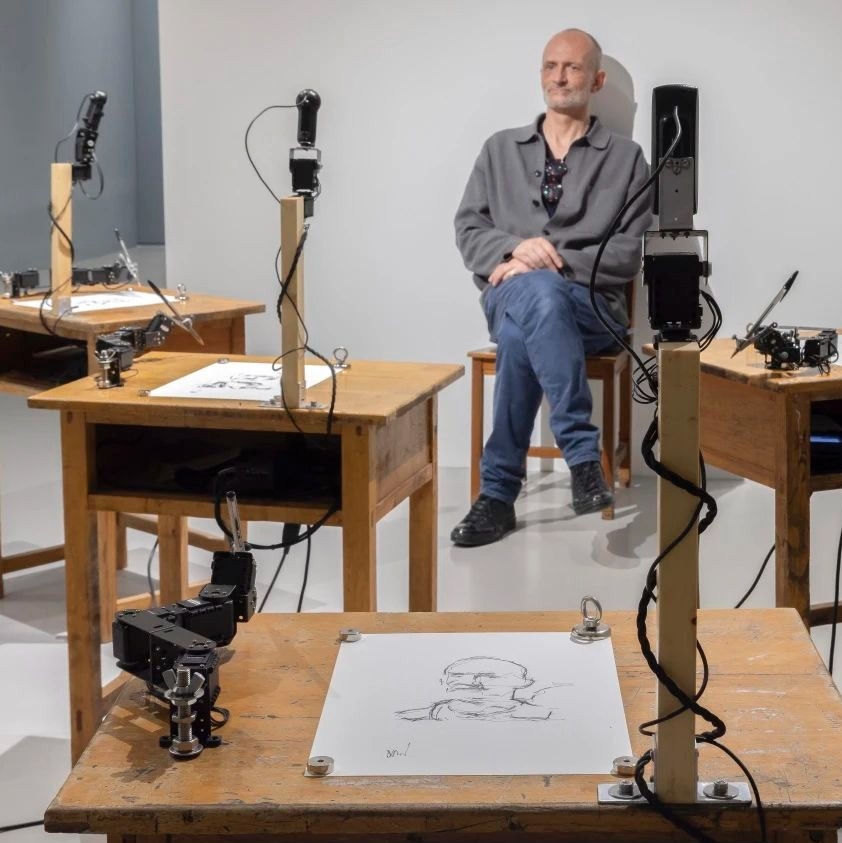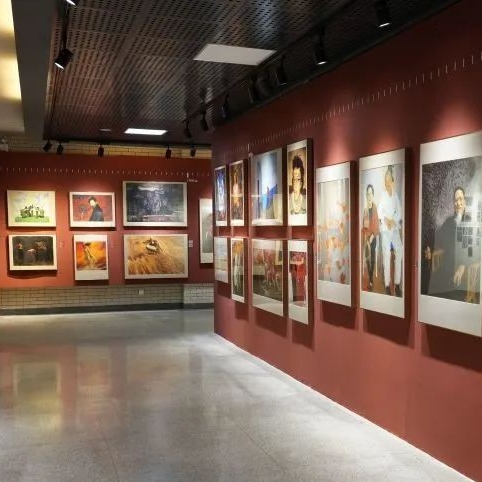
From 11 June to 14 August 2022, OCAT Institute presents the exhibition "Seven Questions: A Survey of Art Ecosystem of Southern China in the New Century". Curated by Professor Fan Lin from the Art and Humanities School at Guangzhou Academy of Fine Arts, the exhibition presents 15 pieces/groups of works and multiple publications created by art practitioners, organizations, and institutions that have participated in the practice of contemporary art in southern China in one way or another.
In this research project, the term “southern” refers to a concept in cultural geography. Influenced by a combination of factors including geographical environment, time, events, international exchanges, as well as the changes and developments of social structures, the concept “southern China” has developed a characteristic of diversities and complexities since the beginning of the new century. Contemporary art of southern China is an important way to understand the contemporary attributes of the culture, social structure and ecosystem of the South. Thus, in addition to an exploration of the art ecosystem of this delineated geographical area, this exhibition, "Seven Questions: A Survey of Art Ecosystem of Southern China in the New Century", will also pay special attention to the unique significance implied by the distinguished political geography and cultural context of this region.

Preface of Seven Questions: A Survey of Art Ecosystem of Southern China in the New Century Hundreds Islands Project, 2018 – present, Initiators: He Junyan, MajingruoshuiPhotograph, video installation, text, Courtesy of the artists.
Hundreds Islands Project, 2018 – present, Initiators: He Junyan, MajingruoshuiPhotograph, video installation, text, Courtesy of the artists.
Fan Lin, the curator of this exhibition, has long been concerned herself with the art ecosystem of the Pearl River Delta, and has been involved in the contemporary artistic practices of southern China.
After an in-depth investigation into the art ecosystem of southern China, she poses seven questions based on a variety of historical facts among art spaces, events, artistic practices and communications in this region. The questions present the ways of practice and thinking of individuals, groups or institutions under the context of contemporary art in southern China:
I. Where is the localness located?

View of Section 1 “Where is the localness located?”, Yangjiang Group, Nobel Peace Prize, 2014
Acrylic on canvas, 180×210 cm, Courtesy of the artist.


Hundreds Islands Project, 2018 – present, Initiators: He Junyan, Majingruoshui
Photograph, video installation, text, Courtesy of the artists.
II. What are the approaches to education and self-education?

Huang Xiaopeng, What Is Your Question (s)?, 2020, Neon installation, 150×400 cm
Authorized by the artist’s family member.
Huang Jingyuan, Solutions, 2019
Single-channel video, 31mins19secs, Courtesy of the artist
III. Is creative co-living possible?
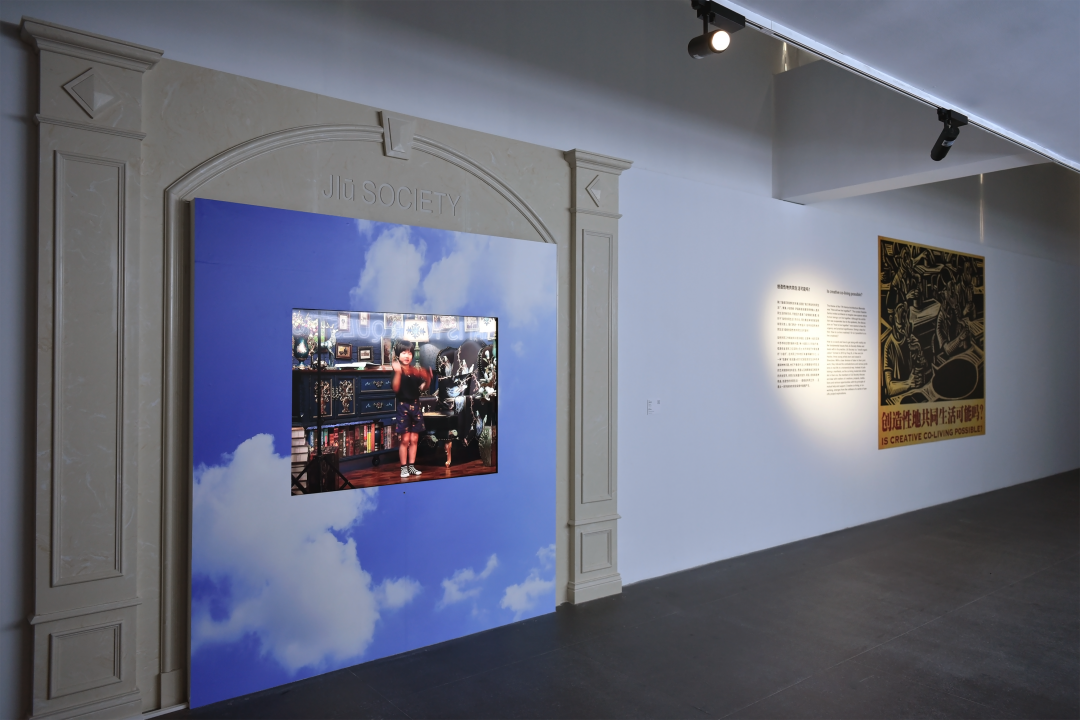
View of Section 3 “Is creative co-living possible?”
Jiū Society, My Dream, 2020
Single-channel video, installation, 5mins, Courtesy of the artist.
Jiū Society, My Dream, 2020
Single-channel video, installation, 5mins, Courtesy of the artist.IV. What does "suspension" mean?
 What does "suspension" mean? Question Squad: Liu Qingyuan X Fan Lin, Woodblock Printing
What does "suspension" mean? Question Squad: Liu Qingyuan X Fan Lin, Woodblock Printing
Wei Bingqiang, Today Is Not the Same as Today, 2022
Paper, 70×20×30 cm, Courtesy of the artist, Observation Society and OCAT Institute
Du Zhongjian, Sincerity Persistence Choice, 2014-2015
Neon installation, 20×50 cm (3 pieces), Courtesy of the artist.
V. How do practitioners of multiple identities carry out artistic practices?
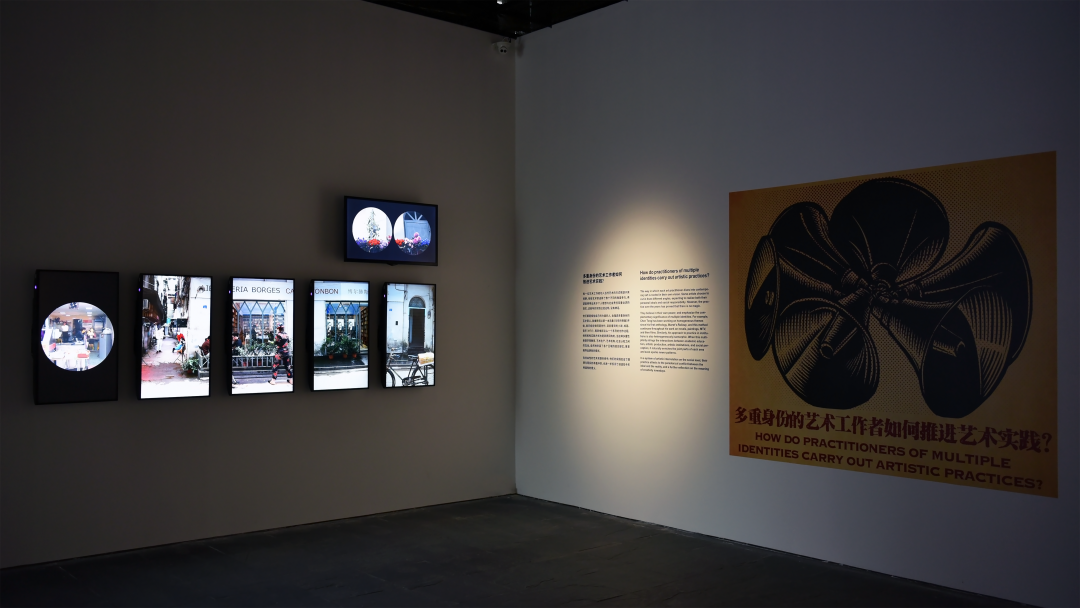

View of Section 5 “How do practitioners of multiple identities carry out artistic practices?”
Chen Tong, Flavour of a Side Street, 2019
Six-channel video, 6 mins, Courtesy of the artist
VI. Why do artists write?

 Left: Duan Jianyu, Sharp, Sharp, Smart No.18, 2016, oil on canvas, 50×60 cm, courtesy of the artist and Vitamin Creative Space; Right: Duan Jianyu, Secret Garden, text
Left: Duan Jianyu, Sharp, Sharp, Smart No.18, 2016, oil on canvas, 50×60 cm, courtesy of the artist and Vitamin Creative Space; Right: Duan Jianyu, Secret Garden, text

Left: Qin Jin, The Leopard Cat, 2022, acrylic on canvas, 140×135 cm, Courtesy of the artist.
Middle: Qin Jin, The Leopard Cat, text
Right: Qin Jin, The Leopard Cat, 2018, pencil on paper, 22×22 cm, Courtesy of the artist
Zhong Jialing, One Reading the Views, 2018
Acrylic on canvas, text, installation, giclée, Courtesy of the artist.VII. How to motivate knowledge production?
 View of Section 5 “How do practitioners of multiple identities carry out artistic practices?” and Section 7 “How to motivate knowledge production?”
View of Section 5 “How do practitioners of multiple identities carry out artistic practices?” and Section 7 “How to motivate knowledge production?”
These seven questions form the seven sections of the exhibition, unfolding a history of contemporary issues of southern China. Each artwork is a clue that leads to an insight into the ideas behind art practices. The seven sections are connected via Liu Qingyuan's woodcut prints series of the same name, “Seven Questions”, which in a way, represents the independent position and growth consciousness of the art ecosystem of southern China, as well as a questioning of the art system as a whole.
OCAT's origins lie in southern China. The contemporary art ecosystem of southern China has been the soil on which OCAT has lived, and it remains the focus of its attention for a long time. OCAT Institute, as a Beijing-based branch of the OCAT Museums, is oriented towards the study of art history. It has taken the study of exhibition history about Chinese contemporary art as one of its clues in its archival research since the inception. This exhibition is not only an attempt at historically grounded research on modern and contemporary Chinese art, but also a continuation of OCAT Institute's research on the history of exhibitions and art historiography. It is hoped that the exhibition will become a window through which audiences in Beijing (so much as in northern China) can get to know the development of the art ecosystem of southern China, therefore achieving a conversation and interaction between different cultural regions.
This exhibition seeks to describe the various connections between the changing role of art and the developments in social, political, and economic areas in recent years. They outline different situations regarding organizational structures, art practices, localness and growth of various art institutions in southern China that paralleled the growth of OCAT. The entire research project will take the form of an exhibition and a series of dialogues. Apart from documenting and presenting the results of existing artistic practices and knowledge production, sorting out the threads of art phenomena that had taken place, and outlining the multiple layers of art organizations, this project strives to establish connections between various phenomena. It aims to stimulate new thoughts about artistic practices and research on contemporary art from both the public and the academic.
About the exhibition

Duration: 2022.6.11–8.14
Address: OCAT Institute, Jinchanxilu, Chaoyang District, Beijing
Curator: Fan Lin
Artists: Hundreds Islands Project, Yangjiang Group, Huang Jingyuan, Huang Xiaopeng, Jiū Society, Observation Society, Du Zhongjian, Duan Jianyu, Qin Jin, Zhong Jialing, Chen Tong, Question Squad: Liu Qingyuan X Fan Lin
Organizer: OCAT Institute
Support: OCT Group Co., Ltd.
Thanks: OCT Northern Group
Courtesy of OCAT Institute.


